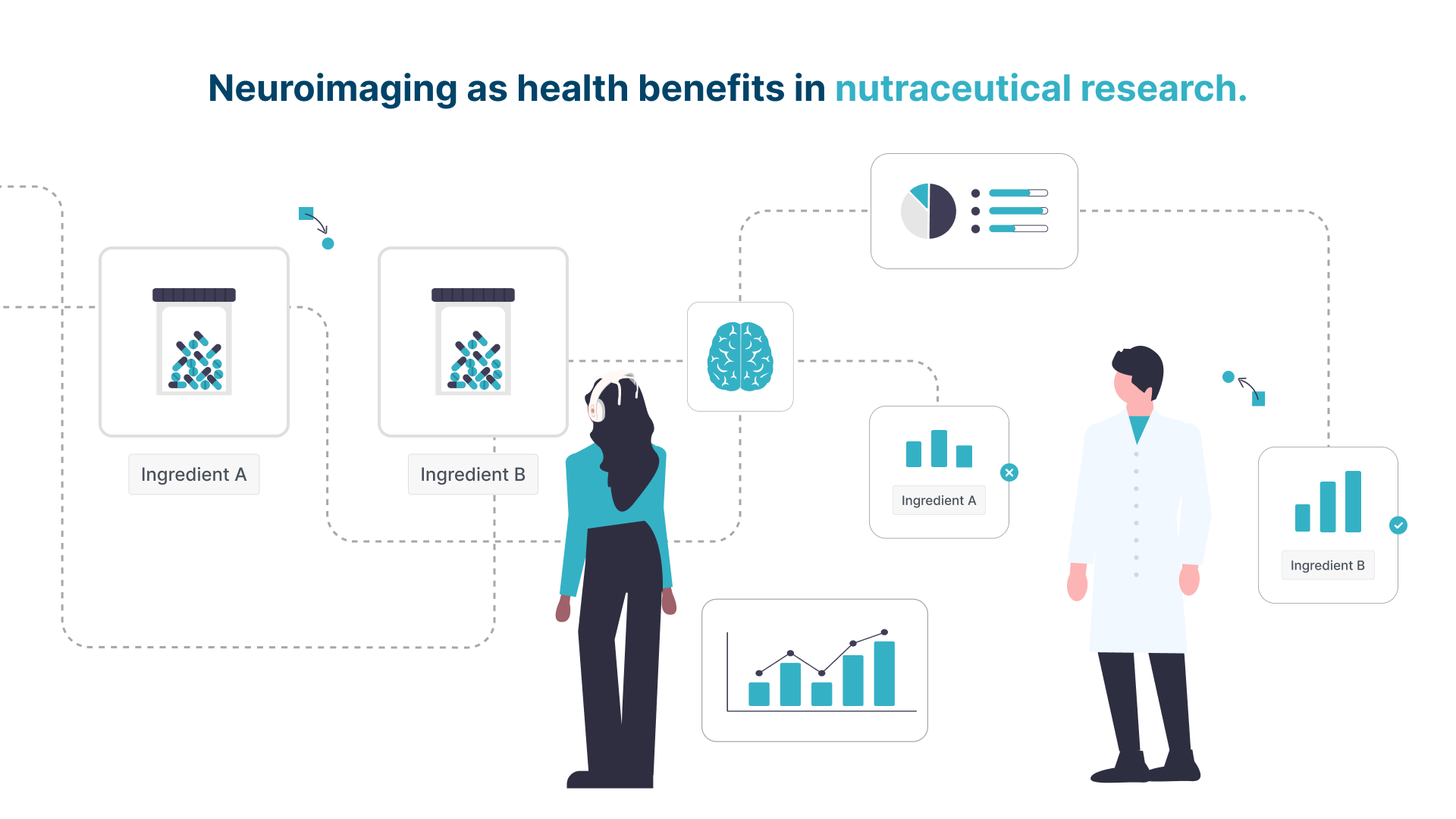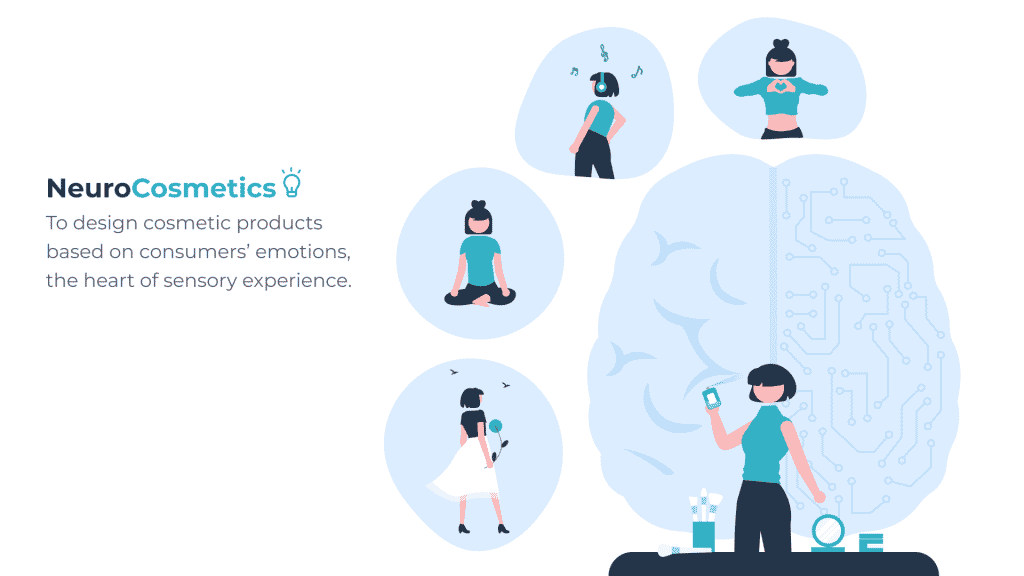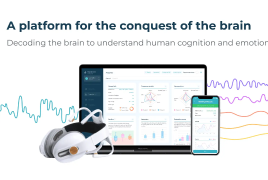Computational Psychiatry: EEG key for the future mental health scape.
Computational Psychiatry: EEG key for the future mental health scape
Apr 24, 2023 • 5 min read • Download article
Latest neuroscientific tools have revolutionized the observation of the brain, allowing new insights into cognitive processes. The use of objective cerebral metrics, such as electroencephalography (EEG) or brain wave monitoring and brain imagery, will shape the future of the mental health scape. Artificial intelligence combined with the latest neuroscientific findings offer alternatives to improve both patient outcomes and treatment of brain disorders with a new perspective.
The path towards a physiological model, or biological basis of psychiatry, will likely become increasingly attractive in advanced economies where the cost of healthcare is relentlessly getting greater. New treatments gearing away from a purely symptom-based psychiatric approach will greatly increase prescriptive accuracy, drastically reduce harmful side effects, and end heterogeneity in psychiatric testing.
The diagnosis problem and the DSM.
The Diagnostic and Statistical Manual of Mental Disorders (DSM) provides the standard language by which clinicians, researchers, and public health officials communicate about mental disorders. It contains descriptions, symptoms, and other criteria necessary for diagnosing mental health disorders. It also contains statistics concerning who is most affected by different types of illnesses, the typical age of onset, the development and course of the disorders, risks and prognostic factors, and other related diagnostic issues.
Since it was first published in 1952, the DSM has increased its diagnosis by 300 percent[1]. The psychiatric patient journey today, largely based on subjective symptom evaluation using the DSM, is riddled with issues concerning diagnosis.
In 636,120 Ways to Have PostTraumatic Stress Disorder (PTSD), authors Galatzer-Levy and Bryant (2013) use the example of PTSD to discuss the limitations of DSM[2]. They demonstrate how the under logic of the DSMs method of classification presents inherent flaws. They advocate for new directions in research that can provide better information regarding both clinical and nonclinical behavioral heterogeneity in response to potentially traumatic and common stressful life events.
This crucial avenue for the future of the mental health scape presents empirical alternatives to an a priori classification system that holds promise for answering questions about why diverse responses occur in response to stressors.
In a particularly illustrative study; researchers examined the effect slight wording changes had on the number of individuals who assented to symptoms of social phobia. Immersion into the highly semantical world of the DSM[3]. Results indicated that the addition of more symptom options consistently increased the number of people who assented to criteria. Even people diagnosed with the mildest subthreshold disorders have significantly increased risk for subsequent negative health outcomes such as hospitalisation, suicide, or serious mental illness.
By diagnosing a condition you are implying that this condition neatly divides the patient from the normal population. It is becoming essential to gear towards a biological basis of psychiatric disorders to avoid overdiagnosing in the field of psychiatry.
Towards a biological basis of psychiatry.
Traditionally, mental illnesses have been conceptualized as disorders that are diagnosed on the basis of the number and type of symptoms, and the presence of distress or impairment. This view of mental disorders – and the resulting diagnostic systems – provides benefits such as reliability and ease of diagnosis across a variety of contexts. However, this approach has come at the cost of numerous trade offs including heterogeneity and comorbidity.
In France, the Association of Biological Psychiatry (AFPBN) was founded in 1979 by Professor Pierre Deniker in order to promote the scientific study of psychiatric disorders, their prevention and treatment. Since then, the spin-off company, SOPSY, has been at the forefront of research to stimulate and encourage vocations in the field of neuroscience applied to mental illness.
It supports the development of knowledge and also seeks to promote the dissemination of accurate and precise information to the public in this field. With the power of AI and neuroscience, it is now possible to elaborate personalized models.
In line with the Research Domain Criteria (RDoC) initiative, which aims to provide information about the biological and cognitive processes that lead to mental health and illness, trends in the psychiatric sciences are leaning towards integrating biological data to understand disorders. The U.S. Food and Drug Administration (FDA) has publicly recognized the public health benefits offered by modeling and simulation, and the potential for in silico clinical trials to safely advance medical products more efficiently, from preclinical studies through clinical trials to market[4].
By observing many levels of information from genomics and circuits to behavior and self-report, they hope to inform the creation of mental health screening tools, diagnostic systems, and treatments and end heterogeneity in psychiatric testing.
Research is finding more and more connections between our brain activity and our psychology. Some neurological features such as EEG signatures, patterns of synaptic connections may make someone more vulnerable to autism or Alzheimer’s disease or another disorder.
Mental health research and care face a major challenge in replicating associations between inter-individual differences in brain structure or function and complex cognitive or mental health phenotypes (i.e. Brain-Wide Association Studies, BWAS). Population sample size and reproducibility of findings have hindered the field from proving the robustness of the associations between a particular biological brain signature and a pathology.
The inherent scalability of EEG technology.
In a recent study published in Nature, researchers stress that: “reproducible brain-wide association studies require thousands of individuals” (2022)[5]. Indeed, the sample sizes appropriate for classical brain mapping – the median neuroimaging study sample size is about 25 – are too small for capturing reproducible brain-behavioral phenotype associations. The cost of Functional Magnetic Resonance Imaging (fMRI) techniques has been a huge hindrance in proving the robustness of neuroscientific findings in relation to psychiatric disorders.
The influence of sociodemographic covariates (e.g. gender, parental marital status, parental income, Hispanic vs. non-Hispanic ethnicity, family, data collection site) on BWAS effect sizes complicates computational models of pathologies and population-level brain modeling and profiling.
It is now clear that unraveling how the brain connects to behavior, and how this understanding can better inform new therapies and interventions, will require vast new approaches to tackling the complex problems in neuroscience and psychiatry[6]. Indeed, tremendous evolution in sample sizes, computing power, neuroimaging technologies, digital approaches to phenotyping, and computational modeling have rapidly brought in a new era of Big Data in Psychiatry.
Quantitative electroencephalography (QEEG) is becoming an increasingly common method of diagnosing neurological disorders, following the recommendations of The American Academy of Neurology (AAN) and the American Clinical Neurophysiology Society (ACNS).
It can be used as a complementary method in the diagnosis of Alzheimer, Parkinson, epilepsy, vascular diseases, dementia, and encephalopathy. However, few studies are confirming the importance of QEEG in the diagnosis of mental disorders and changes occurring as a result of therapy; hence, there is a need for analyses in this area.
A recent study aimed to analyze the usefulness of QEEG in the diagnosis of people with generalized anxiety disorders[7]. On the one hand, anxiety is the source of many mental disorders, and on the other hand, it is their symptom. The obtained results indicate that QEEG is a valuable tool for the diagnosis of the specificity of brain waves in people with generalized anxiety disorder.
The importance of EEG in the diagnosis and treatment of anxiety disorders is increasingly emphasized. The contribution of brain waves patterns such as alpha and sensorimotor rhythm (SMR) waves is taken into account. Namely, under the influence of emotional tension, these waves tend to increase, which may result from difficulties in subcortical inhibition.
For comparison and analysis, the researchers led QEEG studies on patients with generalized anxiety disorder. They found that the comparison of the wave amplitudes allows for the conclusion that in all patients with anxiety disorder two relationships are repeated: low contributions of SMR wave amplitudes and high beta2 wave amplitudes, higher or equal to the alpha amplitudes.
These results are examples of promising information for the field, however, it is necessary to carry out this type of diagnosis in a wider population of people with this type of disorder.
In conclusion.
The current symptom evaluation in psychiatry presents dangers of over/mis-diagnosing, and does not account for heterogeneity and comorbidity which impairs certain types of treatments. We should shift towards a clinical psychiatric practice that incorporates neuroscientific knowledge. To avoid overdiagnosing, we must modify classification criteria using biomedical findings and define mental disorders based on their cerebral physiopathology instead of purely on a symptom basis.
In line with the RDoC initiative which introduces a qualitatively new set of diagnostic criteria based on objective cerebral metrics including genetics, cerebral imagery and brainwave monitoring. With the power of AI and neuroscience, it is now possible to elaborate personalized models that reduce uncertainty in diagnosis and provide the foundation for therapeutic breakthroughs.
References.
[1] Kessler, R. C., Berglund, P., Demler, O., Jin, R., Koretz, D., Merikangas, K. R., Rush, A. J., Walters, E. E., & Wang, P. S. (2003). The epidemiology of major depressive disorder: Results from the National Comorbidity Survey Replication (NCS-R). JAMA: Journal of the American Medical Association, 289(23), 3095–3105. https://doi.org/10.1001/jama.289.23.3095
[2] Galatzer-Levy, I. R., & Bryant, R. A. (2013). 636,120 Ways to Have Posttraumatic Stress Disorder. Perspectives on psychological science : a journal of the Association for Psychological Science, 8(6), 651–662. https://doi.org/10.1177/1745691613504115
[3] Pélissolo, A., André, C., Moutard-Martin, F., Wittchen, H., & Lépine, J. (2000). Social phobia in the community: Relationship between diagnostic threshold and prevalence. European Psychiatry, 15(1), 25-28. https://doi.org/10.1016/S0924-9338(00)00214-5
[4] Morrison, T. (2018). How Simulation Can Transform Regulatory Pathways. FDA. https://www.fda.gov/science-research/about-science-research-fda/how-simulation-can-transform-regulatory-pathways
[5] Marek, S., Tervo-Clemmens, B., Calabro, F. J., Montez, D. F., Kay, B. P., Hatoum, A. S., Donohue, M. R., Foran, W., Miller, R. L., Hendrickson, T. J., Malone, S. M., Kandala, S., Feczko, E., Miranda-Dominguez, O., Graham, A. M., Earl, E. A., Perrone, A. J., Cordova, M., Doyle, O., Moore, L. A., … Dosenbach, N. U. F. (2022). Reproducible brain-wide association studies require thousands of individuals. Nature, 603(7902), 654–660. https://doi.org/10.1038/s41586-022-04492-9
[6] Ressler, K.J. & Williams, L.M. (2020). Big data in psychiatry: multiomics, neuroimaging, computational modeling, and digital phenotyping. Neuropsychopharmacology, 46, 1–2. https://doi.org/10.1038/s41386-020-00862-x
[7] Kopańska, M., Ochojska, D., Dejnowicz-Velitchkov, A., & Banaś-Ząbczyk, A. (2022). Quantitative Electroencephalography (QEEG) as an Innovative Diagnostic Tool in Mental Disorders. International journal of environmental research and public health, 19(4), 2465. https://doi.org/10.3390/ijerph19042465
Related Articles
Get in touch
We are glad you are interested in reaching out to us. Whether you have a question about our products or want to give us feedback, we are here to help.






